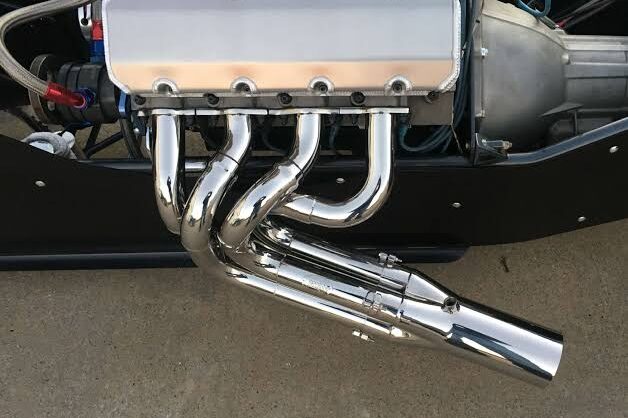If you’re burning the midnight oil trying to make your car sound like a late 1990s F1 car—with that gloriously resonant howl from the exhaust— we got the secret sauce for replicating that ear-splitting symphony. Let’s break it down:

First, you need an exhaust header that brings all your exhaust ports into a single collector. For a V8 engine, that means an 8-into-1 header. Next, ensure each of those collector tubes merges sequentially according to the firing order. Finally, and most crucially, your header needs steps. These aren’t just any steps; they’re the acoustic magic that makes your exhaust sing like a Ferrari F300 V10 from 1998.

Now, let’s dive deeper. Those steps are what really make the difference. Exhaust note evolution from 1997 to 1998 saw a big leap, thanks to these steps. Each time the pressurized exhaust gases pass one of these steps, some of the pressure reverses direction, creating that unique resonance. It’s like turning your exhaust into a concert hall for hundreds of individual pressure pulses, all screaming and tearing out in rapid succession. That chaotic orchestra is the key to nailing that symphonic sound.


But wait, there’s more! To truly take advantage of this setup, your engine needs to hit some high RPMs. So, while you’re hand-building that titanium exhaust, make sure your engine can handle the heat. After all, there’s no earthly sound like an engine buzzing at F1 V10 levels. Give it a whirl; what’s the worst that could happen? Besides deafening your neighbors and possibly summoning the local noise ordinance enforcement… but hey, who needs sleep when your car sounds like an F1 beast?

So, grab your tools, channel your inner mad scientist, and get ready to turn your garage into an echo chamber of automotive glory. Who knows, you might just create the ultimate party-pleasing noise machine. Happy wrenching!








